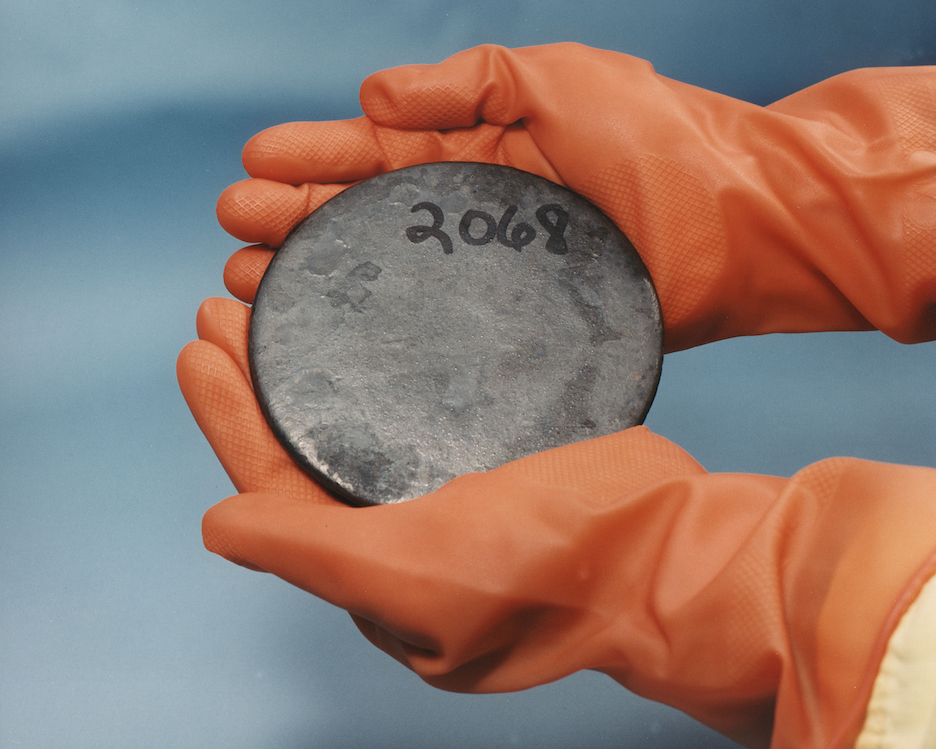Russian missile strikes destroy massive Ukrainian ammo dump containing dangerous, environmentally unsound depleted uranium shells
05/16/2023 / By JD Heyes

Over the weekend, reports noted a significant explosion at an ammunition depot in western Ukraine, which was targeted by Russian forces in an air and missile raid.
The depot was said to have contained a supply of British depleted uranium tank shells, and reports said that the explosion resulted in the destruction of these shells, releasing radioactive particles into the atmosphere of the Khmelnytsky region, Infowars reported.
“Some sources, with a high degree of certainty, report that the recent Russian strike on a military target in Khmelnytskyi hit a very large stockpile of depleted uranium ammunition officially supplied to Ukraine by Great Britain, and unofficially by other Western actors,” a Twitter post containing photos and video noted.
???? Some sources, with a high degree of certainty, report that the recent Russian strike on a military target in Khmelnytskyi hit a very large stockpile of depleted uranium ammunition officially supplied to Ukraine by Great Britain, and unofficially by other Western actors.???? pic.twitter.com/1YtJ7Hb0xp
— Djole ?? (@onlydjole) May 14, 2023
Slavyangrad reported that a spike in gamma radiation had been detected around the time of the Russian airstrike:
A clear spike in gamma radiation was detected in Khmelnitsky on or about May 12th, with emission continuing to rise the following day and remaining at the elevated level thereafter.
Considering how little gamma radiation comes from depleted uranium, this clear spike in gamma radiation in Khmelnitsky indicates that there was very large stockpile of the DU munitions that was destroyed, raising the uranium dust into the air.
By comparison, the towns of Ternopol, Khmilnik, and Novaya Ushitsa (images 3, 4, and 5) remained at their apparent regular, base levels. This indicates that the Khmelnitsky anomaly is indeed a spike and corroborates the claim that the stockpile in Khmelnitsky contained DU munitions. The map viewed is attached as the sixth image.
Slavyangrad reports:
“Further Khmelnitsky Depleted Uranium Update.
Excellent research by Gleb Georgievich Gerasimov.
A clear spike in gamma radiation was detected in Khmelnitsky on or about May 12th, with emission continuing to rise the following day and remaining at the… pic.twitter.com/8suutAFz1I
— Zlatti71 (@djuric_zlatko) May 14, 2023
“It is worth noting that panic reports are spreading in Ukrainian social networks that during the detonation of an ammunition depot in Khmelnytsky, a large batch of British tank ammunition with depleted uranium, which was recently brought to Ukraine along with Storm Shadow missiles, was also destroyed,” reported the Telegram channel Intel Slava. “As a result of a huge explosion, particles of depleted uranium could be dispersed on the territory of the Khmelnytsky region, which, taking into account the experience of Yugoslavia and Iraq, could lead to an outbreak of cancer in the medium term.”
Depleted uranium (DU) is a byproduct of the nuclear fuel enrichment process, and it is used in both artillery and tank shells due to its high density and ability to penetrate armor.
These weapons have been used in various conflicts, including the Gulf War, the Balkan conflicts, and the Iraq War. However, their use has been controversial due to concerns about the health and environmental risks associated with DU.
When DU shells hit their target, they release a fine dust that can be inhaled or ingested. Studies have linked exposure to DU with an increased risk of cancer, birth defects, and other health problems. In addition, DU contamination can persist in soil and water for decades, posing a long-term risk to human and environmental health.
In another reckless escalation, Britain has confirmed delivery of depleted uranium munitions to Ukraine. DU munitions should be banned. They partially vaporize on impact, poisoning the environment with uranium dust that causes cancer and horrific birth defects. #Kennedy24
— Robert F. Kennedy Jr (@RobertKennedyJr) May 3, 2023
Despite these concerns, some argue that DU weapons are necessary for military effectiveness. They argue that DU shells provide a critical advantage in penetrating enemy armor and that the risks associated with their use are manageable.
The debate over DU weapons is ongoing, with some countries and organizations calling for a ban on their use. In 2007, the United Nations General Assembly passed a non-binding resolution calling for a moratorium on DU weapons, but many countries continue to use them.
Sources include:
Submit a correction >>
Tagged Under:
ammo depot, ammo dump, big government, chaos, Collapse, dangerous, depleted uraniun, destruction, DU shells, environment, military tech, missile strike, national security, panic, Russia, terrorism, Ukraine, weapons tech, WWIII
This article may contain statements that reflect the opinion of the author
RECENT NEWS & ARTICLES
COPYRIGHT © 2017 RADIATION NEWS




















